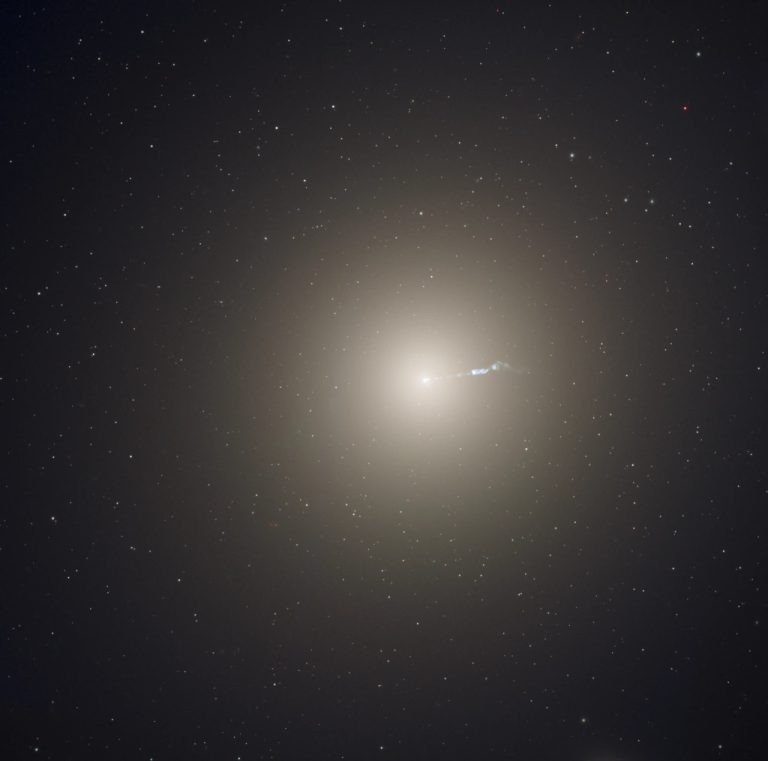2024年8月9日
A Perseid Below
Image Credit: Ron Garan, ISS Expedition 28 Crew, NASA
Explanation: Denizens of planet Earth typically watch meteor showers by looking up. But this remarkable view, captured on August 13, 2011 by astronaut Ron Garan, caught a Perseid meteor by looking down. From Garan’s perspective on board the International Space Station orbiting at an altitude of about 380 kilometers, the Perseid meteors streak below, swept up dust from comet Swift-Tuttle. The vaporizing comet dust grains are traveling at about 60 kilometers per second through the denser atmosphere around 100 kilometers above Earth’s surface. In this case, the foreshortened meteor flash is near frame center, below the curving limb of the Earth and a layer of greenish airglow, just below bright star Arcturus. Want to look up at a meteor shower? You’re in luck, as the 2024 Perseid meteor shower is active now and predicted to peak near August 12. With interfering bright moonlight absent, this year you’ll likely see many Perseid meteors under clear, dark skies after midnight.
Tomorrow’s picture: light-weekend
俯瞰英仙座流星
影像提供: Ron Garan, ISS Expedition 28 Crew, NASA
说明: 地球的住民通常得抬头看流星雨。然而,在这幅摄于2011年8月13日的精采影像里,宇航员伽朗得俯瞰才能捕捉到这颗流星。从伽朗位于380公里高国际空间站(ISS)的视角看出去,斯威夫特-塔特尔彗星留下的尘埃从下方掠过。这颗汽化中的明亮彗星尘埃,以大约每秒60公里的高速,穿过离地表约100公里高处的大气。在此例中,因视角而缩短的流星迹,位于影像中央偏右处,在弯曲的地球临边和泛绿的气辉层之下,紧贴在明亮大角星的下方。想仰望流星雨吗?你很幸运,目前是2024年英仙座流星雨的活跃期,而且极大期推断就在8月12日左右。今年这几晚的子夜过后,在无月光干扰的幽暗清朗天空中,应能看到许多英仙座流星。
明日的图片: light-weekend








一条评论